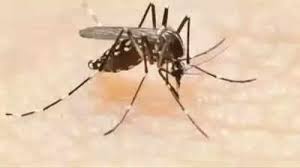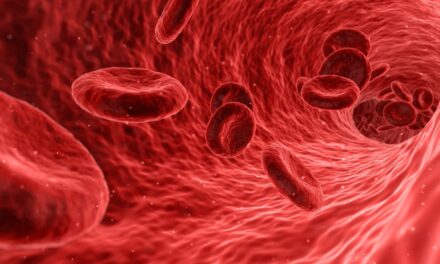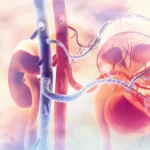Oregon, USA – February 17, 2025 – Researchers at Oregon Health & Science University (OHSU) have successfully developed the first transgenic nonhuman primate model for studying hepatitis B virus (HBV). This groundbreaking achievement, published on February 13 in the Proceedings of the National Academy of Sciences, could pave the way for new treatments for the disease, which affects approximately 250 million people worldwide and causes nearly one million deaths each year.
Dr. Ben Burwitz, an associate professor at OHSU’s Oregon National Primate Research Center, emphasized the challenges of developing animal models for HBV due to its restriction to humans and a few other non-rodent species. Current nonhuman primate models require temporary genetic modifications, which are often inefficient and short-lived. However, Burwitz’s team overcame this limitation by inserting the human NTCP gene—a key HBV entry receptor—into the genetic material of rhesus macaques, making them naturally susceptible to the virus.
“We used a gene-editing system called PiggyBac, which, while less precise than CRISPR, is significantly more efficient—especially critical when working with embryos in costly procedures like IVF,” said Dr. Lauren Rust, lead author of the study. The team edited the genes of seven nonhuman primates and identified two carrying the transgene. Crucially, while the transgene was present in all tissues, it was only expressed in the liver, ensuring that these primates mimic human liver-specific HBV susceptibility.
Advancing Hepatitis B Research
This new model represents a major step forward in HBV research. The researchers plan to breed future generations with the same genetic trait and study whether offspring develop chronic HBV infections when exposed to the virus at birth—similar to how the disease progresses in humans.
Hepatitis B remains a significant global health issue despite the availability of a vaccine. It spreads through contact with infected blood or bodily fluids, with mother-to-child transmission at birth being a primary cause of chronic infections. “Most babies infected at birth develop chronic infections, which can lead to severe complications like liver cancer,” Rust explained. “There is currently no cure—only treatments that manage the disease. Our model allows us to study chronic HBV and test potential therapies in ways previously impossible.”
Towards a Cure for HBV
Burwitz noted that while HBV-associated disease progresses more slowly than other viral infections like HIV, its impact is substantial. “The virus replicates quietly for years before triggering immune responses that cause gradual liver damage,” he said. Though progress has been made in developing immunotherapies, current treatments are expensive and require controlled storage conditions, making global distribution challenging.
Future research using this transgenic model will focus on testing therapeutic approaches, including small-molecule drugs in pill form that could lead to a potential cure. “We’ve seen success with hepatitis C treatments that eliminate the virus entirely, and that’s the goal here—an effective, widely accessible cure,” Burwitz added.
Expanding the Potential of Gene-Edited Models
The implications of this research extend beyond HBV. The gene-editing technology used in this study could be adapted to create models for other human-specific diseases affecting various organs. “This system is highly adaptable,” Rust said. “For instance, many people with HBV also have HIV, which worsens disease outcomes. Our model can help study such co-infections and explore new treatment strategies.”
As researchers continue refining this model, their work holds promise for transforming how HBV and other diseases are studied and treated, bringing hope to millions affected worldwide.
Disclaimer
This article is for informational purposes only and does not constitute medical advice. The findings discussed are based on ongoing scientific research and should not be interpreted as conclusive medical recommendations. Always consult healthcare professionals for medical guidance.












